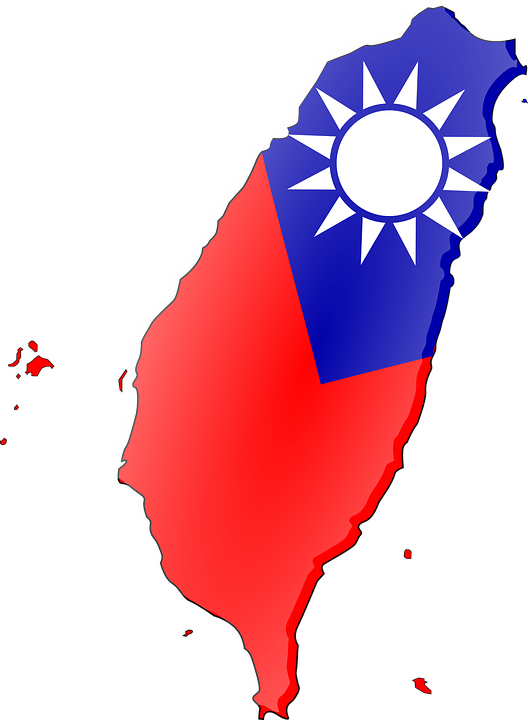China’s threats to violently conquer Taiwan, if necessary, has led Taiwan Semiconductor Manufacturing Company (TSMC) to expand and diversify its operations in the People’s Republic of China (PRC), using engineering talent from several sanctioned PRC firms. It is a risk to TSMC’s position as a leading-edge company in the global chip industry. Last summer TSMC announced that it was shifting to a “Foundry 2.0” model to ostensibly avoid monopoly concerns. The Foundry 1.0 model does not include back-end products. However, it complicates the company’s global position. Xi Jinping and the Chinese Communist Party (CCP) want to shrink the technology gap between the mainland and Taiwan.
The plan calls for TSMC to expand to handle packaging, testing, mask-making, and other parts of the value chain, according to a recent Jamestown Foundation report. Foundry 2.0 comes with risks and may impact the Trump Administration’s support for Taiwan this year. The President made it clear on Monday that he intends to impose tariffs on imported chips to force manufacturing to return to the US.
“If TSMC cedes its dominance, the deterrent effect of Taiwan’s “silicon shield” would be greatly reduced,” says Matthew Brazil, the report’s author. He points out the company is now setting up fabrication plants in the United States at the urging of many of its main customers, including Apple and Nvidia. Some analysts are questioning whether TSMC will be successful in straddling a neutral line between Beijing and Washington, while Taiwan’s government labeled the move “a win-win business model for Taiwan and US industries.”
TSMC’s new hedging strategy is viewed as more closely linked to Xi Jinping’s pronouncement on Taiwan than to President Trump’s tariff threat. The company is a target for Xi, as he pivots the PRC toward and economic model that Brazil says focuses on achieving dominance in several key technologies crucial for achieving a “Chinese-style modernization (中国式现代化)” and the country’s “great rejuvenation (伟大复兴).” It is a strategy long-practiced by Beijing; sometimes using illicit means to achieve its goals.
The Jamestown Foundation report compiled a database that exposes the exchange of PRC talent between several of the TSMC fabrication plants, some of which has been sanctions by the US Department of the Treasury for violating exports controls or giving technology to the People’s Liberation Army (PLA). The report adds that others are on the US Department of Commerce Entity List.
TSMC’s Shanghai plant produces its 200mm waters, while in Nanjing it began producing 300mm wafers at the 16 nm mode in mid-2018. This makes it one of the most advanced lines in all of the PRC with excellent commercial viability. Brazil used a Chinese-based platform called MaiMai.cn (脉脉) to identify a large personnel turnover of dozens of former TSMC specialists and experts now employed at Huawei in advanced technical roles. He notes that former “TSMC engineers and technical experts can also be found at several other leading PRC firms under U.S. government sanctions.” These include Changxin Memory Technologies Inc., Yangtze Memory Technology Co., Advanced Micro-Fabrication Equipment, and SiEn Integrated Circuit. LinkedIn accounts indicate that several former TSMC and Maimai China employees list their address as in the Hanzhou Chengxi Science and Technology Innovation Corridor. This is a Silicon Valley like corridor but set up, funded and endorsed by Beijing’s Ministry of Science and Technology as a special science and technology development zone. It is the location of a large number of the PRC’s defense-linked technology firms that are subsidized by Beijing.
TSMC faces two risks beyond the loss of their intellectual property. If the company fails in its expansion attempt to move into other parts of the value chain, it could result in a global slowdown in technology worldwide due to the decreasing chip supply followed by steep increases in their products. Second, in the event of a kinetic war with the PRC, the Taiwanese company’s fabrication plants could be damaged which would also serve as a constraint on the global supply of leading-edge chips. TSMC currently holds 62 percent of the revenue in the global semiconductor foundry market, a share that is expected to grow to 66 percent by the end of this year. In comparison, Samsung controls only 11.5 percent of the market.
Since 2022, Beijing’s ability to project military power has grown dramatically, making the threat of physical action against Taiwan a greater possibility than only a few years ago, despite Xi’s lack of a definitive timeline for conquest. TSMC is hedging its bets on Taiwan’s ability to remain free at the risk of angering both China and the United States. With the new Trump administration policy of containing China, TSMC’s best bet may be to reduce the flow on talent to its Chinese competitors.
Daria Novak served in the U.S. State Dept.
Illustration: Pixabay
